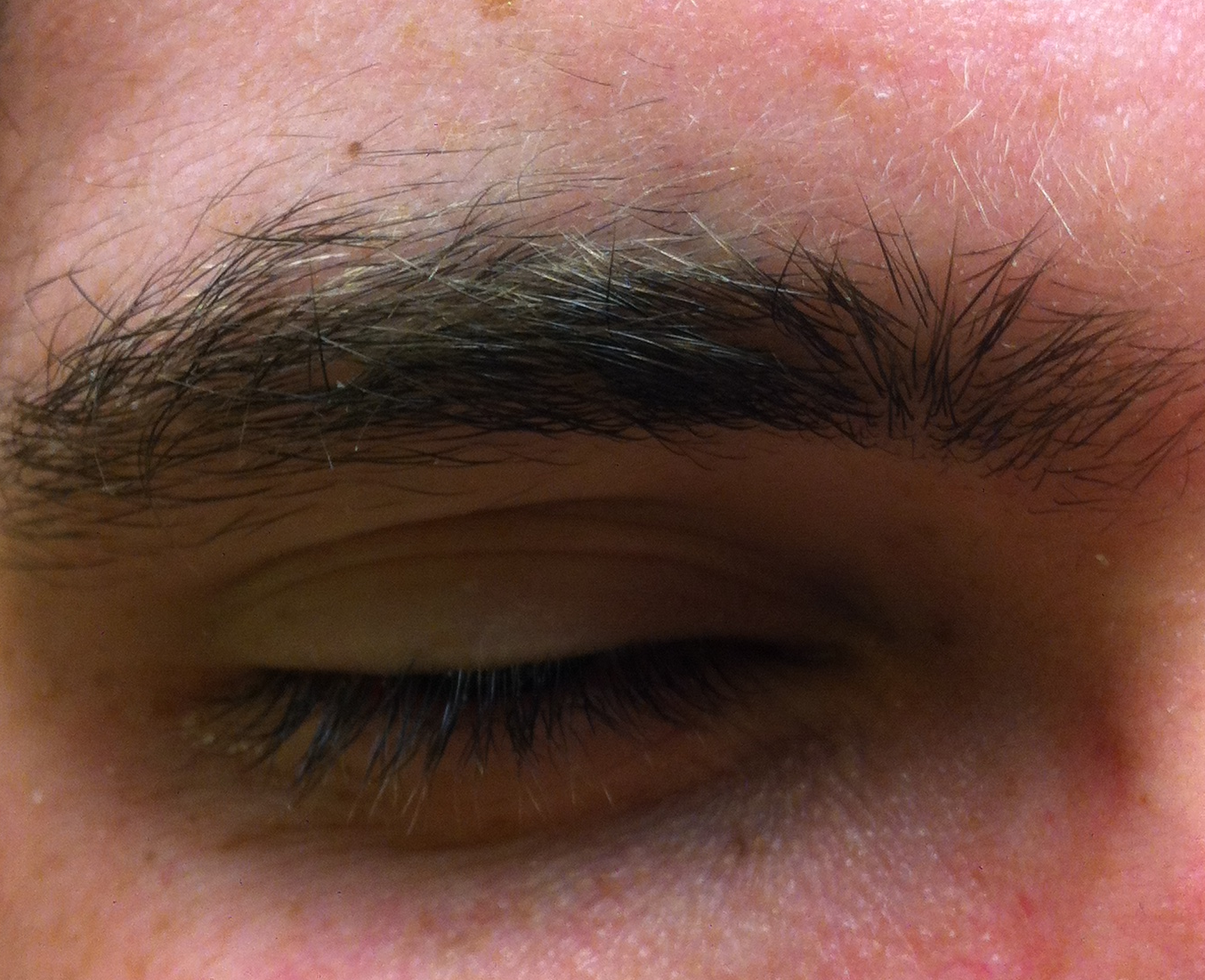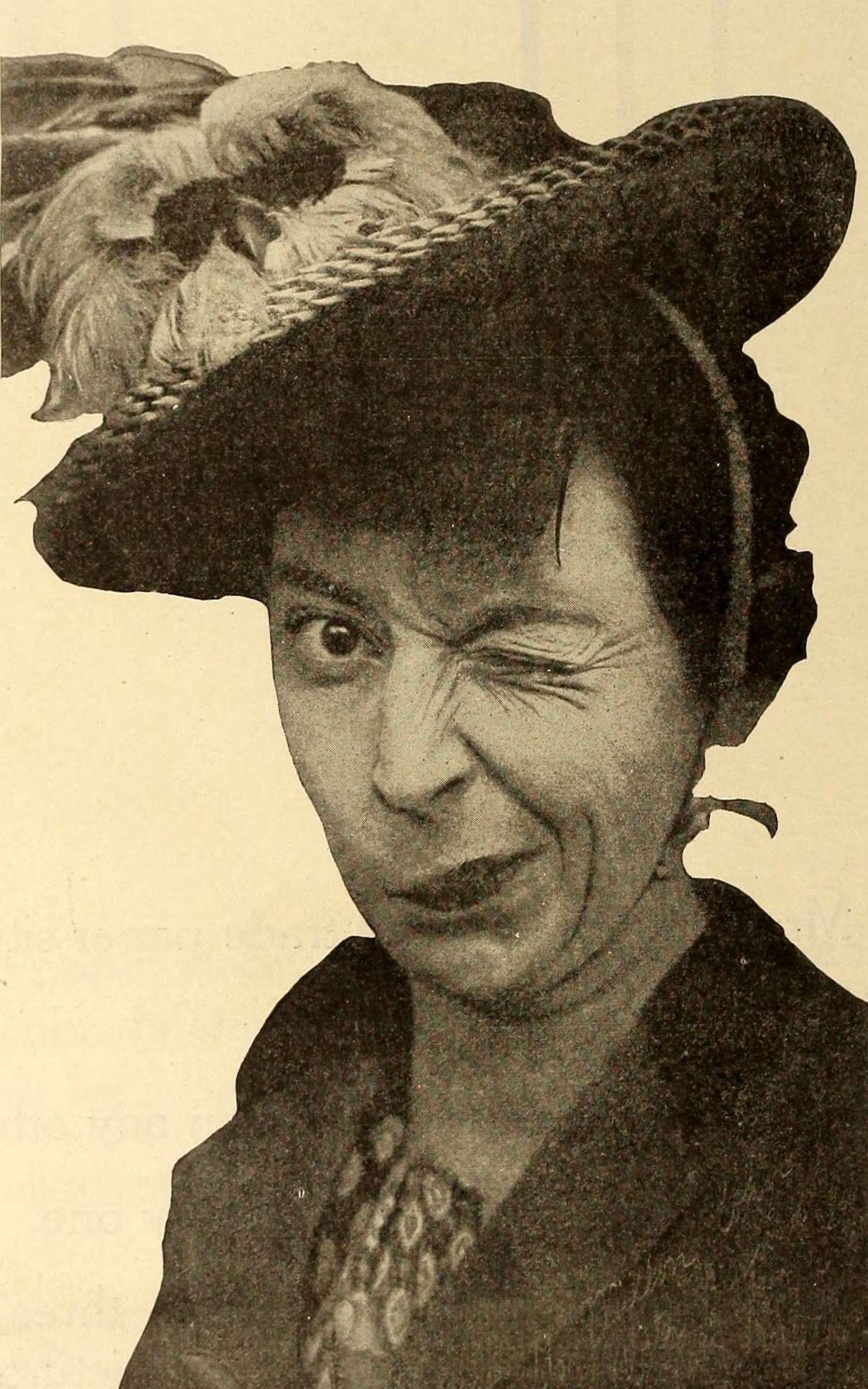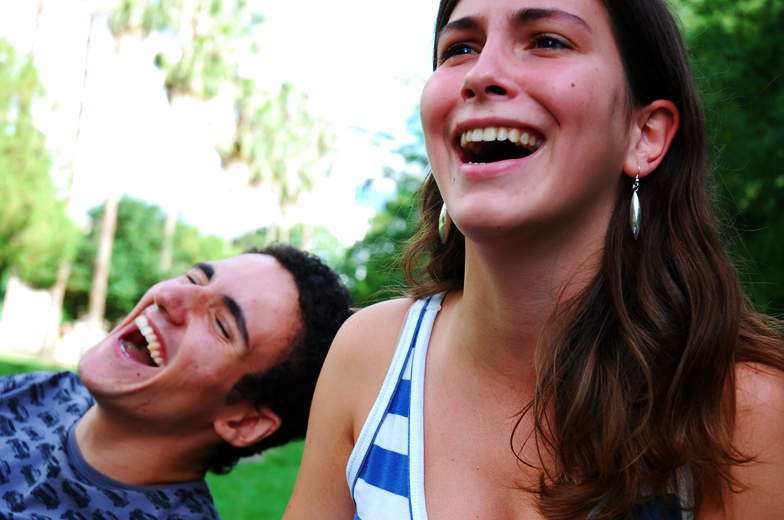|
Blinking
Blinking is a bodily function; it is a semi-autonomic rapid closing of the eyelid. A single blink is determined by the forceful closing of the eyelid or inactivation of the levator palpebrae superioris and the activation of the palpebral portion of the orbicularis oculi, not the full open and close. It is an essential function of the eye that helps spread tears across and remove irritants from the surface of the cornea and conjunctiva. Blinking may have other functions since it occurs more often than necessary just to keep the eye lubricated. Researchers think blinking may help with disengagement of attention; following blink onset, cortical activity decreases in the dorsal network and increases in the default-mode network, associated with internal processing. Blink speed can be affected by elements such as fatigue, eye injury, medication, and disease. The blinking rate is determined by the "blinking center", but it can also be affected by external stimulus. Some animals, ... [...More Info...] [...Related Items...] OR: [Wikipedia] [Google] [Baidu] |
Eyelid
An eyelid ( ) is a thin fold of skin that covers and protects an eye. The levator palpebrae superioris muscle retracts the eyelid, exposing the cornea to the outside, giving vision. This can be either voluntarily or involuntarily. "Palpebral" (and "blepharal") means relating to the eyelids. Its key function is to regularly spread the tears and other secretions on the eye surface to keep it moist, since the cornea must be continuously moist. They keep the eyes from drying out when asleep. Moreover, the blink reflex protects the eye from foreign bodies. A set of specialized hairs known as lashes grow from the upper and lower eyelid margins to further protect the eye from dust and debris. The appearance of the human upper eyelid often varies between different populations. The prevalence of an epicanthic fold covering the inner corner of the eye account for the majority of East Asian and Southeast Asian populations, and is also found in varying degrees among other populat ... [...More Info...] [...Related Items...] OR: [Wikipedia] [Google] [Baidu] |
Eyelash
An eyelash (also called lash) (Neo-Latin: ''cilium'', plural ''cilia'') is one of the hairs that grows at the edges of the top and bottom eyelids, spanning outwards and away from the eyes. The lashes grow in up to six layers on each of the upper and lower eyelids. Eyelashes serve to protect the eye from debris, dust, and small particles, and are highly sensitive to touch, thus providing a warning that an object (such as an insect or lint) is near the eye, which then reflexively closes or flutters to rid the area of the object. The eyelid margin from which lashes grow is among the most sensitive parts of the human body, with many Nerve, nerve endings enveloping the roots of the lashes, giving it sensitivity to very light tactile input even at the tips of the lashes, enabling it to trigger the Corneal reflex, blink reflex when touched. Eyelashes are also an important component of physical attractiveness, with long prominent lashes giving the illusion of large, gazing eyes, and drawin ... [...More Info...] [...Related Items...] OR: [Wikipedia] [Google] [Baidu] |
Facial Nerve
The facial nerve, also known as the seventh cranial nerve, cranial nerve VII, or simply CN VII, is a cranial nerve that emerges from the pons of the brainstem, controls the muscles of facial expression, and functions in the conveyance of taste sensations from the anterior two-thirds of the tongue. The nerve typically travels from the pons through the facial canal in the temporal bone and exits the skull at the stylomastoid foramen. It arises from the brainstem from an area posterior to the cranial nerve VI (abducens nerve) and anterior to cranial nerve VIII (vestibulocochlear nerve). The facial nerve also supplies preganglionic parasympathetic fibers to several head and neck ganglia. The facial and intermediate nerves can be collectively referred to as the nervus intermediofacialis. The path of the facial nerve can be divided into six segments: # intracranial (cisternal) segment (from brainstem pons to internal auditory canal) # meatal (canalicular) segment (with ... [...More Info...] [...Related Items...] OR: [Wikipedia] [Google] [Baidu] |
Microsleep
A microsleep is a sudden temporary episode of sleep or drowsiness which may last for a few seconds where an individual fails to respond to some arbitrary sensory input and becomes unconscious.International Classification of Sleep Disorders, , page 343Poudel, G. R., Innes, C. R., Bones, P. J., Watts, R., & Jones, R. D. (2012) Losing the struggle to stay awake: Divergent thalamic and cortical activity during microsleeps. Human Brain Mapping: 00:000-000 Episodes of microsleep occur when an individual loses and regains awareness after a brief lapse in consciousness, often without warning, or when there are sudden shifts between states of wakefulness and sleep. In behavioural terms, microsleeps may manifest as droopy eyes, slow eyelid-closure, and head nodding. In electrical terms, microsleeps are often classified as a shift in electroencephalography (EEG) during which 4–7 Hz (theta wave) activity replaces the waking 8–13 Hz (alpha wave) background rhythm. Definition So ... [...More Info...] [...Related Items...] OR: [Wikipedia] [Google] [Baidu] |
Wink
A wink is a facial expression made by briefly closing one eye. A wink is an informal mode of non-verbal communication usually signaling shared hidden knowledge or intent. However, it is ambiguous by itself and highly dependent upon additional context, without which a wink could become misinterpreted or even nonsensical. For example, in some regions of the world, a wink may be considered rude or offensive. Depending on the relationship of the people involved, a wink could possibly constitute a sexual gesture. General overview and meanings Winking is one of the more subtle gestures, usually involving eye contact between those involved. In most cases it is only meant to be known by the sender and their intended receivers, but in some cases can be more widely intended. Single wink A single wink is usually a friendly gesture implying a degree of solidarity or intimacy. A typical use of the wink is to quietly send a message that third parties are not aware of. For example, while pe ... [...More Info...] [...Related Items...] OR: [Wikipedia] [Google] [Baidu] |
Orbicularis Oculi
The orbicularis oculi is a sphincter-like muscle in the face that closes the eyelids. It arises from the nasal part of the frontal bone, from the frontal process of the maxilla in front of the lacrimal groove, and from the anterior surface and borders of a short fibrous band, the medial palpebral ligament. From this origin, the fibers are directed laterally, forming a broad and thin layer, which occupies the eyelids or palpebræ, surrounds the circumference of the orbit, and spreads over the temple, and downward on the cheek. Structure There are at least 3 clearly defined sections of the orbicularis muscle. However, it is not clear whether the lacrimal section is a separate section, or whether it is just an extension of the preseptal and pretarsal sections. Orbital orbicularis The orbital portion is thicker and of a reddish color; its fibers form a complete ellipse without interruption at the lateral palpebral commissure; the upper fibers of this portion blend with the fronta ... [...More Info...] [...Related Items...] OR: [Wikipedia] [Google] [Baidu] |
Bird Blink-edit
Birds are a group of warm-blooded vertebrates constituting the class Aves (), characterised by feathers, toothless beaked jaws, the laying of hard-shelled eggs, a high metabolic rate, a four-chambered heart, and a strong yet lightweight skeleton. Birds live worldwide and range in size from the bee hummingbird to the common ostrich. There are over 11,000 living species and they are split into 44 orders. More than half are passerine or "perching" birds. Birds have wings whose development varies according to species; the only known groups without wings are the extinct moa and elephant birds. Wings, which are modified forelimbs, gave birds the ability to fly, although further evolution has led to the loss of flight in some birds, including ratites, penguins, and diverse endemic island species. The digestive and respiratory systems of birds are also uniquely adapted for flight. Some bird species of aquatic environments, particularly seabirds and some waterbirds, have fur ... [...More Info...] [...Related Items...] OR: [Wikipedia] [Google] [Baidu] |
Psychological Stress
In psychology, stress is a feeling of emotional strain and pressure. Stress is a form of psychological and mental discomfort. Small amounts of stress may be beneficial, as it can improve athletic performance, motivation and reaction to the environment. Excessive amounts of stress, however, can increase the risk of strokes, heart attacks, ulcers, and mental illnesses such as depression and also aggravate pre-existing conditions. Psychological stress can be external and related to the environment, but may also be caused by internal perceptions that cause an individual to experience anxiety or other negative emotions surrounding a situation, such as pressure, discomfort, etc., which they then deem stressful. Hans Selye (1974) proposed four variations of stress. On one axis he locates good stress ( eustress) and bad stress (distress). On the other is over-stress (hyperstress) and understress (hypostress). Selye advocates balancing these: the ultimate goal would be to balance ... [...More Info...] [...Related Items...] OR: [Wikipedia] [Google] [Baidu] |
Lenticular Nucleus
The lentiform nucleus (or lentiform complex, lenticular nucleus, or lenticular complex) are the putamen (laterally) and the globus pallidus (medially), collectively. Due to their proximity, these two structures were formerly considered one, however, the two are separated by a thin layer of white matter—the external medullary lamina—and are functionally and connectionally distinct. The lentiform nucleus is a large, lens-shaped mass of gray matter just lateral to the internal capsule. It forms part of the basal ganglia. With the caudate nucleus, it forms the dorsal striatum. Structure When divided horizontally, it exhibits, to some extent, the appearance of a biconvex lens, while a coronal section of its central part presents a somewhat triangular outline. It is shorter than the caudate nucleus and does not extend as far forward. Relations It is deep/medial to the insular cortex, with which it is coextensive; the two are separated by intervening structures. It is lateral t ... [...More Info...] [...Related Items...] OR: [Wikipedia] [Google] [Baidu] |
Oculomotor Nerve
The oculomotor nerve, also known as the third cranial nerve, cranial nerve III, or simply CN III, is a cranial nerve that enters the orbit through the superior orbital fissure and innervates extraocular muscles that enable most movements of the eye and that raise the eyelid. The nerve also contains fibers that innervate the intrinsic eye muscles that enable pupillary constriction and accommodation (ability to focus on near objects as in reading). The oculomotor nerve is derived from the basal plate of the embryonic midbrain. Cranial nerves IV and VI also participate in control of eye movement. Structure The oculomotor nerve originates from the third nerve nucleus at the level of the superior colliculus in the midbrain. The third nerve nucleus is located ventral to the cerebral aqueduct, on the pre-aqueductal grey matter. The fibers from the two third nerve nuclei located laterally on either side of the cerebral aqueduct then pass through the red nucleus. From the ... [...More Info...] [...Related Items...] OR: [Wikipedia] [Google] [Baidu] |
Striatum
The striatum (: striata) or corpus striatum is a cluster of interconnected nuclei that make up the largest structure of the subcortical basal ganglia. The striatum is a critical component of the motor and reward systems; receives glutamatergic and dopaminergic inputs from different sources; and serves as the primary input to the rest of the basal ganglia. Functionally, the striatum coordinates multiple aspects of cognition, including both motor and action planning, decision-making, motivation, reinforcement, and reward perception. The striatum is made up of the caudate nucleus and the lentiform nucleus. However, some authors believe it is made up of caudate nucleus, putamen, and ventral striatum. The lentiform nucleus is made up of the larger putamen, and the smaller globus pallidus. Strictly speaking the globus pallidus is part of the striatum. It is common practice, however, to implicitly exclude the globus pallidus when referring to striatal structures. In pr ... [...More Info...] [...Related Items...] OR: [Wikipedia] [Google] [Baidu] |







